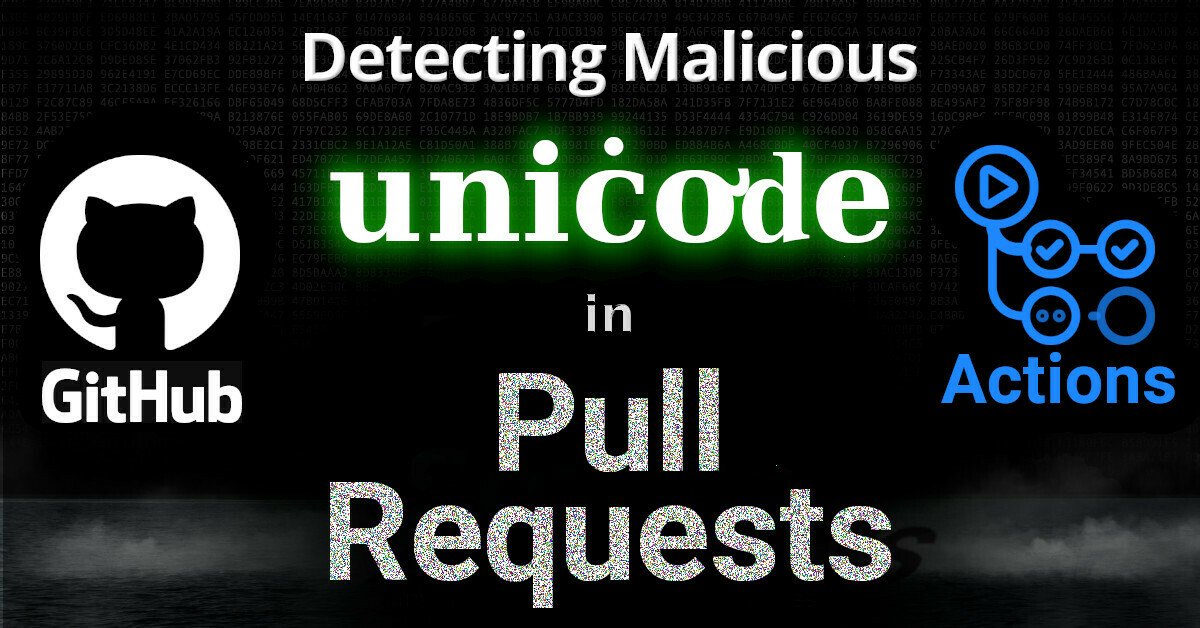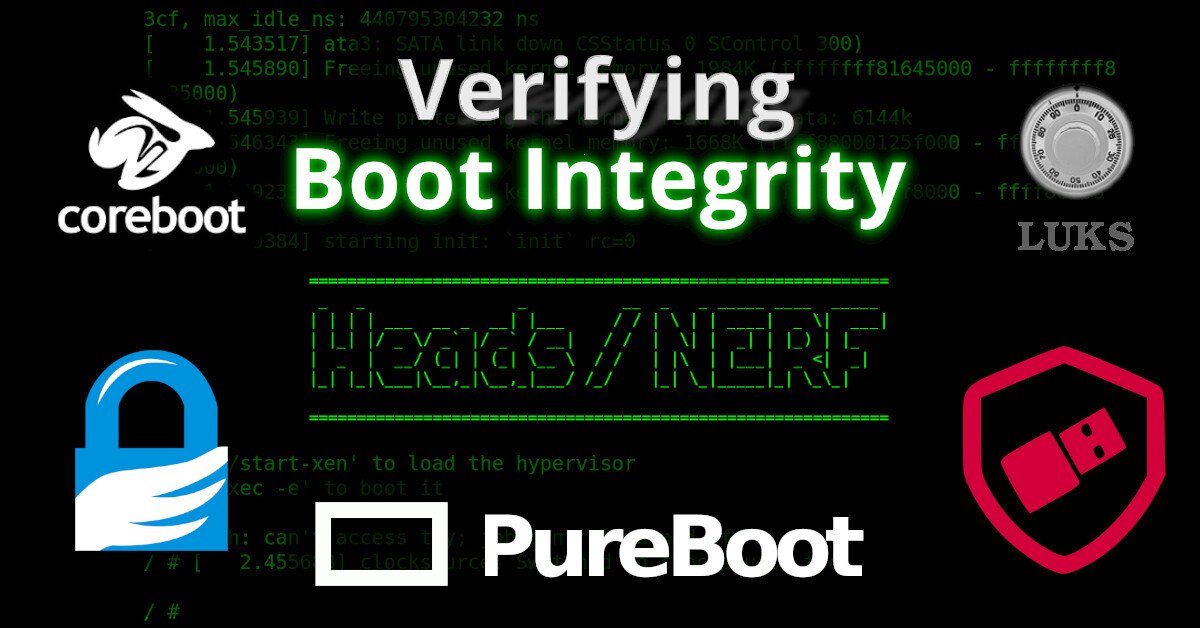In light of the whole world going crazy because the we’re running out of IPv4 addresses, I did some calculations.
Michael Altfield
Hi, I’m Michael Altfield. I write articles about opsec, privacy, and devops ➡
About Michael
. . . → Read More: IPv6
|
||||
Featured Articles         Continuous Documentation: Hosting Read the Docs on GitHub Pages (2/2) Hardening Guide for phpList Introducing BusKill: A Kill Cord for your Laptop Detecting (Malicious) Unicode in GitHub PRs Trusted Boot (Anti-Evil-Maid, Heads, and PureBoot) WordPress Profiling with XHProf (Debugging & Optimizing Speed) Nightmare on Lemmy Street (A Fediverse GDPR Horror Story) Crowdfunding on Crowd Supply (Review of my experience) WordPress Multisite on the Darknet (Mercator .onion alias) By Michael Altfield, on September 28th, 2008 In light of the whole world going crazy because the we’re running out of IPv4 addresses, I did some calculations. Michael Altfield Hi, I’m Michael Altfield. I write articles about opsec, privacy, and devops ➡ About Michael By Michael Altfield, on September 13th, 2008 I’ve wanted to setup a serious linux-based firewall for my home network for some time now, and I finally got around to it yesterday. There are TON of linux router distros out there, but instead of spending 8 hours picking & choosing, comparing & contrasting, nitpicking & debating, I asked someone else ;). Two buddies of mine have a similar setup at their homes: one uses Smooth Wall; one uses IPCop. I arbitrarily chose Smooth Wall (after actually setting it up, though, I think IPCop would have been a better choice–c’est la vie. The installation is supposed to be quite painless, and it was–for the most part. The documentation and install process was intuitive and easy to follow, but it didn’t work OOTB. I probably only had so much difficulty because of hardware issues (fried NICs?) which is by no means Smooth Wall’s fault. Nevertheless, it took ~5 hours of bang-your-head-against-the-table troubleshooting ’till I could finally unhook the monitor & keyboard, shove it in a corner, and get some sleep. I was also disappointed with two things that didn’t work as I had expected OOTB: DHCP DNS VPN Michael Altfield Hi, I’m Michael Altfield. I write articles about opsec, privacy, and By Michael Altfield, on August 14th, 2008 Alright, this is bullshit. I bought an eHome wireless NIC a while ago for really cheap. Haven’t heard of eHome? Neither had I, but it didn’t take me long to realize that it was actually part of D-Link Corporation when I sent my rebates to a DLink corporate address, and when I read the message: “Copyright © D-Link Corporation/D-Link Systems, Inc. All rights reserved. eHome Networking and the eHome Networking logo are registered trademarks of D-Link Corporation or its subsidiaries in the United States and other countries…” So, I figured: D-Link is a popular company, they’re not going anywhere, they sell tons of devices, so my chipset is probably well supported in Linux, right? Wrong. Michael Altfield Hi, I’m Michael Altfield. I write articles about opsec, privacy, and devops ➡ About Michael By Michael Altfield, on April 24th, 2008 Alright, I’ve been working on my research paper (an attempt to document the history and differences, and an overall comparison between the Microsoft DirectX API and the SGI OpenGL API), so I’ve been caught in the inevitable wikipedia trap. Here was my path: Michael Altfield Hi, I’m Michael Altfield. I write articles about opsec, privacy, and devops ➡ About Michael By Michael Altfield, on August 1st, 2007 
I just got the wireless working on my new laptop in ubuntu (thank god for forums), and I was disgusted to find that from my room I got ~20% signal quality. I knew the problem could be with the laptop or the wireless router, but since I can’t do anything about the laptop I did some tests with my router by using three different antennas. Michael Altfield Hi, I’m Michael Altfield. I write articles about opsec, privacy, and devops ➡ About Michael |
Michael AltfieldDonate
BTC
1DXyJpmu2KQMw2v4QJVzzjZo6f87BBndu6 XMR 4B5ra5N1SN4d7BqDtkxAE5G5kGNz5mA5oCob41RzzoduM1uPAcr7QmNLzXtci5HvtkNXC7SowkxMjUUCXF2hm57MMS4jwkx Tagsandroid
apache
bash
centos
centos5
compartmentalization
debian
devops
dns
docker
eff
encryption
facebook
firefox
firewall
gentoo
git
github
gpg
hardware
hpkp
https
lets encrypt
linux
MITM
openvpn
pgp
php
portage
privacy
proxy
python
qubes
rhel
rhel5
security
site-specific browser
ssh
tails
tor
ubuntu
vpn
whonix
wordpress
x509
Feautred ArticlesRecent Posts |
|||
|
Copyright © 2025 Michael Altfield's Tech Blog - All Rights Reserved Powered by WordPress & Atahualpa |
||||